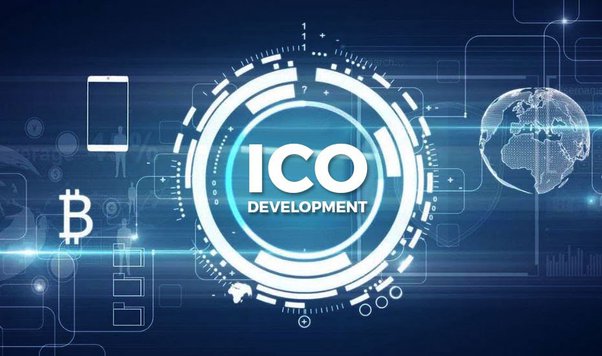Piaget’s Stages: 4 Stages of Cognitive Development & Theory
Content
- Single Mom Money Games and the Advantage of Living Abroad
- Improve Team Performance with FireFly Facilitation
- What makes great teams so successful? Is it the individual? A charismatic team leader?
- Four Stages of Team Development
- Mental combinations (18–24 months)
- Piaget’s four stages of development
- Signs and questions to look out for in the forming stage
- Working to build a better world
Some teams do come to an end, when their work is completed or when the organization’s needs change. While not part of Tuckman’s original model, it is important for any team to pay attention to the end or termination process. At each step, it should be remembered that at no point should a leader be focusing solely on productivity.
How do HR and L&D work together?
HR is invested in the individual development of learners and plays a key part in identifying skills gaps and assigning the relevant training, helping L&D develop learners into the best possible employees they can be.
This article explains Piaget’s four stages of cognitive development, key concepts, and how people can use them to help children learn and develop. With a thoughtful look at each stage of team development, you can solve challenges before they derail the success and progress of the team.
Single Mom Money Games and the Advantage of Living Abroad
It is very important that when the team comes together, great things get accomplished. Unfortunately, many staff meetings are not living up to their full potential. I often ask the team to first share their perspective on the purpose of their staff meeting.
- During the Forming stage, much of the team’s energy is focused on defining the team so task accomplishment may be relatively low.
- In Piaget’s view, a schema includes both a category of knowledge and the process of obtaining that knowledge.
- Here’s the thing, the line between certain stages can get blurred since team members evolve at different times.
- Understanding that each stage is normal and expected can relieve a lot of tension and free the team up to break through and move on.
Young children will enjoy the game if the penalty is removed and the chairs stay the same. Children struggle with conservation because they can only focus on one dimension at a time; this is known as centering. For example, with the volume of liquid, they can only consider the shape of the glass, but not the shape of the glass and the volume of water. Examples of abstract representations include engaging in pretend play and talking about events that happened in the past or people who are not currently in the room. “I find myself opposed to the view of knowledge as a passive copy of reality,” Piaget wrote. For example, a child may have a schema about a type of animal, such as a dog. If the child’s sole experience has been with small dogs, a child might believe that all dogs are small, furry, and have four legs.
Improve Team Performance with FireFly Facilitation
Identifying each of the 4 stages of team development helps you underscore your team’s needs during each one. Team members may feel a variety of concerns about the team’s impending dissolution. They may be feeling some anxiety because of uncertainty about their individual role or future responsibilities. They may feel sadness or a sense of loss about the changes coming to their team relationships.
All of their cognitive abilities are better developed in this stage. Piaget noticed that children of certain ages tended to give the same types of incorrect answers. From these observations and follow-up interviews with children about these mistakes, he developed a theory of how children’s cognitive processes developed (Waite-Stupiansky, 2017).
What makes great teams so successful? Is it the individual? A charismatic team leader?
Each stage of team development doesn’t necessarily take just as much time as the one that comes after it, nor the one before it. This is because your team recognizes how they can trust you and each other in order to complete tasks, move towards their objectives and rely on each other for help. It’s the time where your team learns about upcoming projects and structures. Here, it’s typical for teammates to feel excited, anxious, and curious about what lies ahead. Behaviors during the Norming stage may include members making a conscious effort to resolve problems and achieve group harmony.
There might be more frequent and more meaningful communication among team members, and an increased willingness to share ideas or ask teammates for help. Team members refocus on established team groundrules and practices and return their focus to the team’s tasks. The most commonly used framework for a team’s stages of development was developed in the mid-1960s by Bruce W. Tuckman.
Four Stages of Team Development
The team must know that despite all difficulties, they are still delivering and making progress. The organisational environment the new team exists in is also unfamiliar to its members. The managers must introduce the team to its stakeholders and explain its dependencies and its place in the organisation. After the storming stage, they recognize behavioural patterns, strengths and develop foresight for upcoming roadblocks. You book 1-on-1 meetings with team members to learn about each of their experiences.










